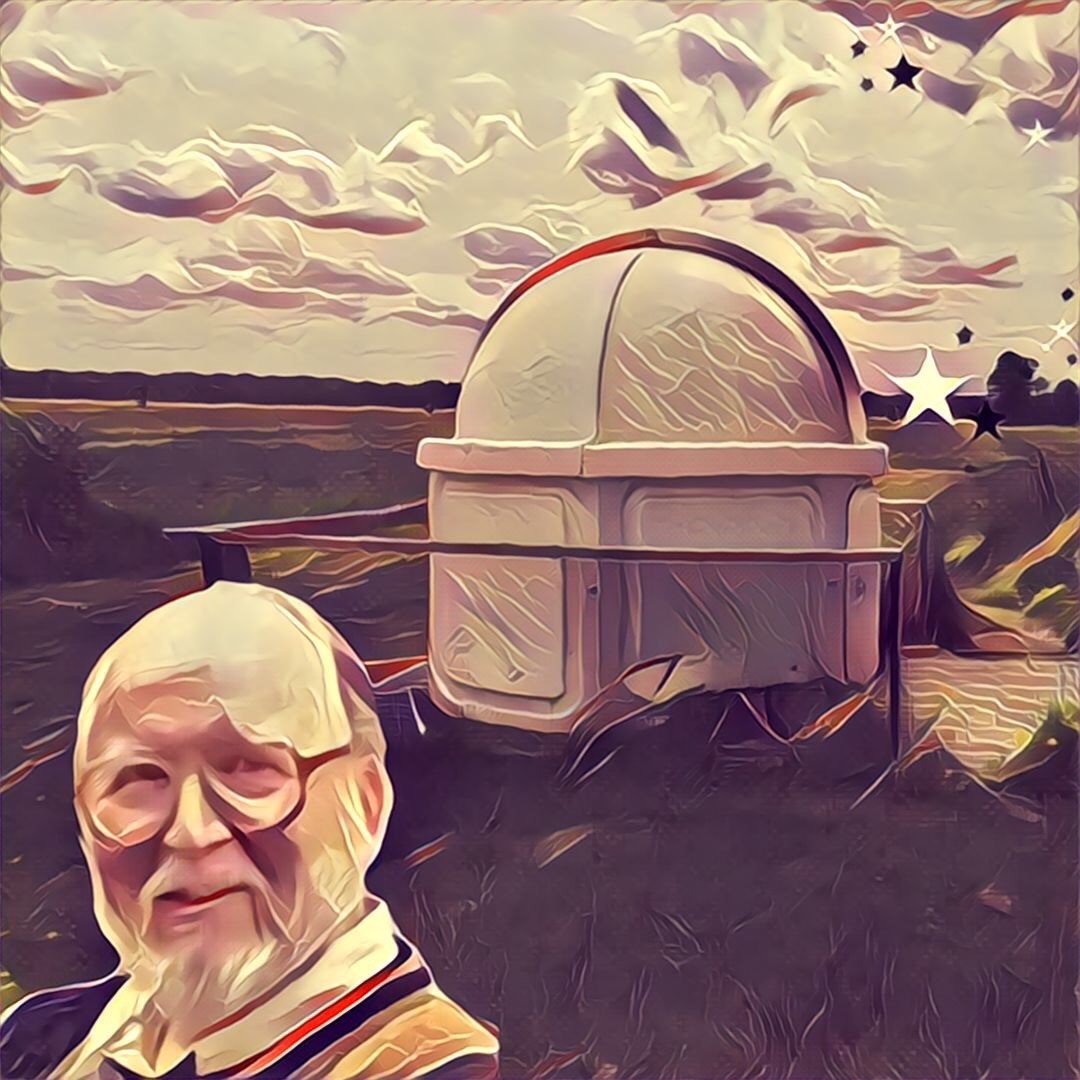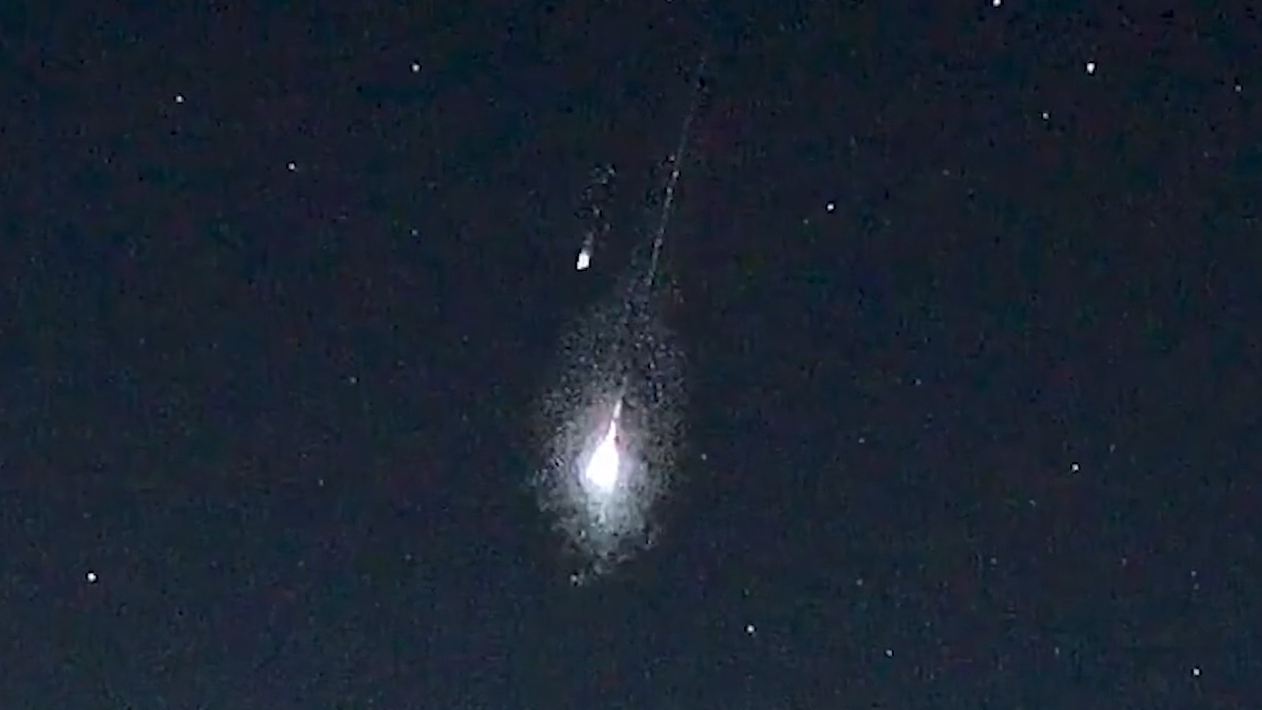New Tips to See Ancient Star Clusters With Telescopes
With the realm of the galaxies passing into the western skyand the Milky Way rising in the east, this week is a great time to explore themany globular clusters of the early summer sky.
Globular clusters are huge ancient clusters of stars. They contain100,000 or more stars and date back to the formation of the MilkyWay galaxy.
These star clusters orbit the central mass of the galaxybut are not confined to the plane of the galaxy. As a result they appear in aband just above and below the plane of the galaxy.
If you are out under a dark country sky in the northernhemisphere in early July, you will see the main band of the Milky Way galaxyrising from the southern horizon and crossing the eastern half of the sky.
The globular clusters lie in a band just to the right(west) of the Milky Way. There is a similar band on the southern side of theMilky Way. (This graphic shows how to spot the globular clusters in the sky).
Globular clusters are best viewed with magnificationsaround 100x in order to resolve them into stars. [Morephotos of globular clusters.]
Thefirst globular cluster hunter
Breaking space news, the latest updates on rocket launches, skywatching events and more!
Noted French astronomer Charles Messier was the first topay close attention to globular clusters. He began his famous catalog of deepsky objects in May 1764, and most of the first objects he catalogued wereglobulars.
Tonight you can follow in his footsteps.
On May 3, 1764 Messier logged an object he called Messier 3(M3) as a "Nebula without star; center brilliant, gradually fading away; round.In a dark sky, visible in a telescope of 1-foot."
In Messier?s day, telescopes were described by their focallength, so a "telescope of 1-foot" had a focal length of only 300 mm, ratherlike the finder scope on a modern amateurtelescope. This explains why Messier saw no stars in the cluster. Ittakes at least a 4-inch telescope to resolve it into stars.
Messier 3 is located in the starless spaces of CanesVenatici, and is most easily found by starhopping from the bright star Arcturusin Bootes.
Five nights later Messier observed Messier 4 (M4). It hadbeen discovered earlier by Philippe Loys de Ch?seaux. Messier described it as a"cluster of very small stars; with an inferior telescope it appears more like anebula."
This cluster is one of the treasures of the southern sky.Northern observers miss the best views of it because of its low altitude innorthern skies. Look for it just to the right of the bright star Antares.
Moreclusters followed
Messier observed Messier 5 (M5) a couple of weeks later onMay 23. Again he described it as "a fine nebula which I am sure contains nostar. Round; seen well in a good sky in a telescope of 1-foot." In any goodmodern telescope, it is resolved into many, many stars.
M5 is located in the constellation Serpens (the Snake), anodd constellation because it is in two parts. This is because the Snake hasbeen cut in two. Serpens Caput is the snake?s head and Serpens Cauda is thesnake?s tail. It?s usually easiest to find M5 by star-hopping northward fromLibra.
In late May 1764, Messier ventured into Ophiuchus andlogged four more globular clusters on his list — all of which appeared to himto contain no stars, thanks to his tiny telescopes.
Ophiuchus is the Orion of the summer sky — a huge hero standingastride the sky and carrying half a snake in each hand: The two halves ofSerpens.
M9 is down near his foot, where the constellation dips intothe ecliptic and becomes the 13th constellation of the zodiac. M10, M12, andM14 form a chain in the middle of Ophiuchus, where Orion has his belt.
Richesof Hercules
Finally, on June 1, 1764, Messier observed the finest globularcluster in the northern sky, Messier 13 (M13) in the constellationHercules.
Messier was not the discoverer of this cluster; that honorwent to the famous British astronomer Edmond Halley in 1714. Halley said, "Thisis but a little patch but it shows itself to the naked eye when the sky isserene and the moon absent."
Once again, Messier saw no stars in M13.
The most notable feature of the Hercules constellation isthe keystone pattern at its center, which is sometimes called by the lessglamorous name "the flower pot."
This cluster is easily found just below the upper rightcorner of the flower pot. In a telescope, look for the propeller patterns whichmany people see in the central part of this rich cluster.
Many years later, in 1781, Messier returned to Hercules toobserve a smaller globular cluster which Bode had discovered four yearsearlier. Once again Messier was using his 1-foot telescope and saw no stars.
We may wonder why Messier used such a small telescope forso many of his discoveries.
His main interest was in comets, not nebulae or clusters,and to find comets it?s necessary to sweep large areas of sky, so a low power,wide field telescope is preferable. Nowadays we are more interested inresolving these clusters into stars, and for this a moderately large aperture,say 8- to 10-inches, is preferable.
- Gallery— Globular Clusters in Space
- Beginner Astrophotographer Telescopes
- More Night SkyFeatures from Starry Night Education
Thisarticle was provided to SPACE.com by Starry Night Education, the leader in spacescience curriculum solutions.
Join our Space Forums to keep talking space on the latest missions, night sky and more! And if you have a news tip, correction or comment, let us know at: community@space.com.

Geoff Gaherty was Space.com's Night Sky columnist and in partnership with Starry Night software and a dedicated amateur astronomer who sought to share the wonders of the night sky with the world. Based in Canada, Geoff studied mathematics and physics at McGill University and earned a Ph.D. in anthropology from the University of Toronto, all while pursuing a passion for the night sky and serving as an astronomy communicator. He credited a partial solar eclipse observed in 1946 (at age 5) and his 1957 sighting of the Comet Arend-Roland as a teenager for sparking his interest in amateur astronomy. In 2008, Geoff won the Chant Medal from the Royal Astronomical Society of Canada, an award given to a Canadian amateur astronomer in recognition of their lifetime achievements. Sadly, Geoff passed away July 7, 2016 due to complications from a kidney transplant, but his legacy continues at Starry Night.
